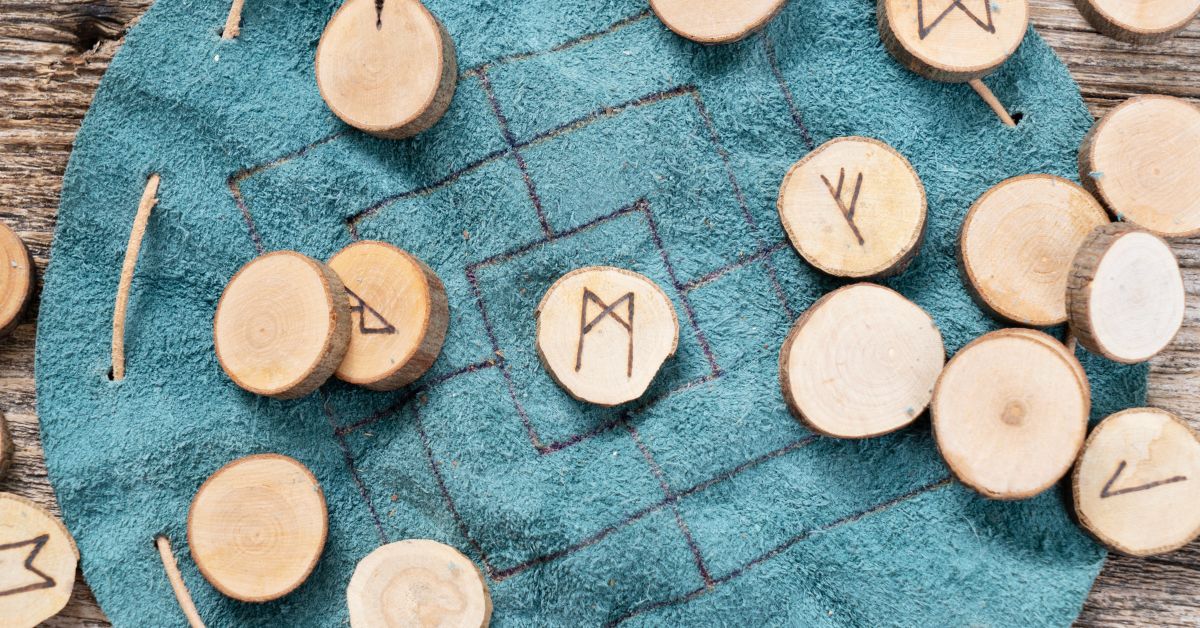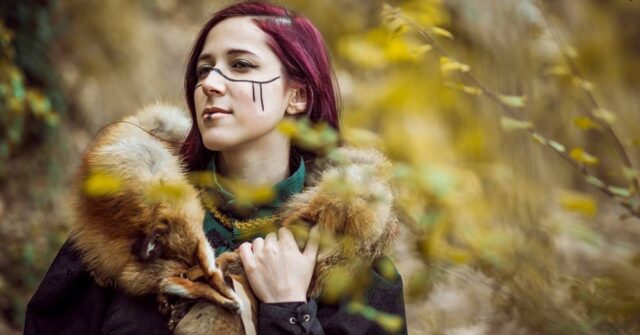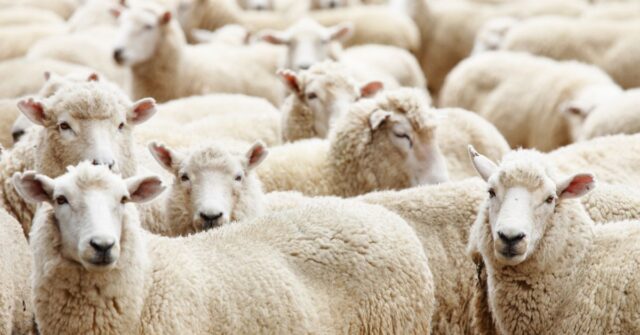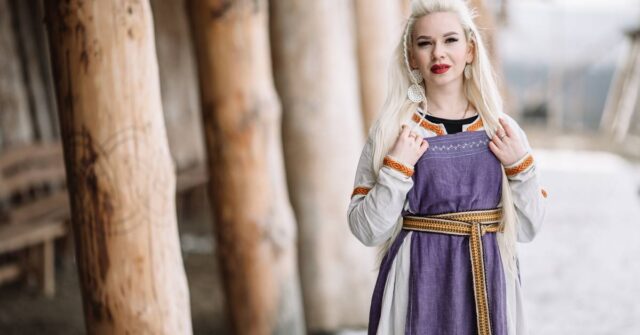The Vikings, often remembered for their fierce raids and exploration harbored a culture rich with traditions and festivals that stitched the very fabric of their society
This blog post dives deep into the heart of Viking life, exploring the festivals that illuminated the long, dark winters of the North and the traditions that guided their daily lives.
Introduction to Viking Culture
At the core of Viking society lay a robust set of beliefs and practices, deeply intertwined with the natural world and the cycles of the seasons.
Understanding Viking traditions and festivals offers us a window into their world, revealing a society that valued bravery, family, and community above all.
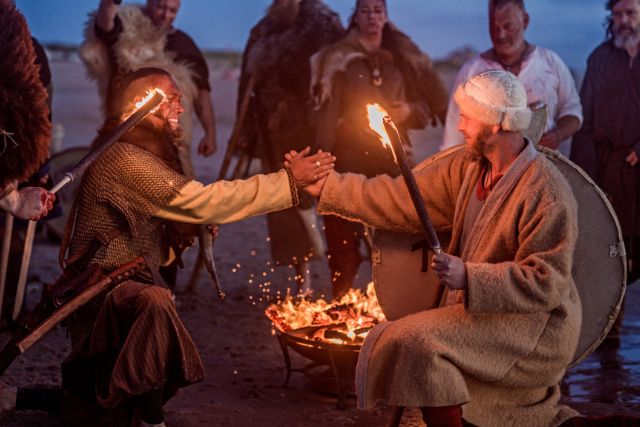
The Importance of Traditions and Festivals
For the Vikings, traditions were not just customs; they were a means of survival, a way to ensure the favor of the gods and the fertility of the land.
Festivals, on the other hand, punctuated the Viking calendar, marking the passage of time and providing opportunities for communal bonding and renewal.
Understanding Viking Society
Viking society was organized around the family unit, with communities gathering together to celebrate, mourn, and worship.
These gatherings were essential, reinforcing social bonds and ensuring that traditions were passed down through generations.
The Viking Calendar
The Viking year was divided not by the months we use today, but by the turning of the seasons and significant agricultural milestones.
This calendar was intimately connected to their festivals, which celebrated the changing seasons and the gods who presided over them.
Seasons and Astronomical Observations
Vikings used the movements of the sun and moon to mark the passage of time, with solstices and equinoxes serving as important markers for their agricultural and religious activities.
Key Festivals and Their Dates
While the exact dates varied with geographical location and year-to-year astronomical variations, certain periods were universally recognized for celebration, such as the winter solstice (Yule) and the start of summer.
Major Viking Festivals
The major festivals of the Viking calendar were as much about survival and prosperity as they were about celebration. These events reinforced the Vikings’ bond with the natural world and their gods.
Yule – The Viking Winter Solstice
Yule, celebrated at the darkest time of the year, was a festival of light, feasting, and sacrifice, intended to bring back the sun and ensure a good harvest in the coming year.
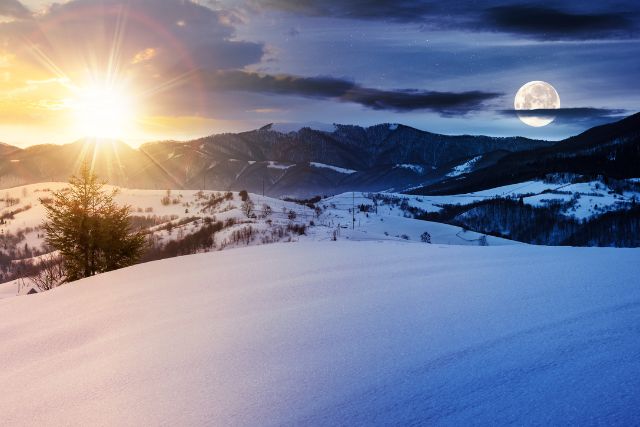
Origins and Historical Context
Rooted in ancient midwinter rituals, Yule was a critical time for the Vikings, a period when the spirits were believed to be closer to the world of the living, and the future could be divined.
Customs and Celebrations
Yule was marked by the lighting of huge bonfires, the telling of stories, and the remembering of ancestors.
A key tradition was the Yule log, a massive piece of wood that was expected to burn for the twelve days of Yule, symbolizing the warmth and light of the returning sun.
Yule’s Legacy in Modern Times
Many Yule traditions have woven their way into contemporary Christmas celebrations, including the Yule log’s representation in chocolate and the general spirit of goodwill and feasting.
Midsummer – Celebrating the Sun and Fertility
Midsummer, with its long, light nights, was a celebration of fertility and the sun’s power to nurture the land. It was a time for love spells, healing rituals, and looking into the future.
Midsummer Traditions
Midsummer was celebrated with bonfires, believed to possess magical properties to help protect against evil spirits and ensure a successful harvest. People would leap over the fires for luck and health.
Rituals and Symbols
The sunwheel, a cross within a circle, was a prominent symbol of Midsummer, representing the strength and cycle of the sun.
It was common to see this symbol throughout the festivities, woven into decorations and even formed in the bonfires themselves.
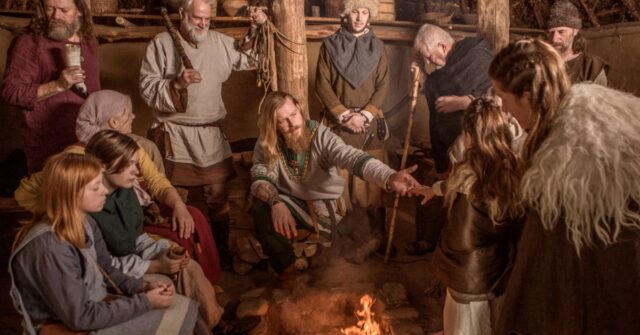
Winter Nights – A Transition to Winter
As autumn deepened, the Vikings celebrated Winter Nights, a festival that marked the end of the harvest and the beginning of the darker half of the year.
It was a time for honoring the dead and preparing for the winter to come.
Significance and Rituals
Winter Nights was a somber time, with rituals focused on the veneration of ancestors and the gods, especially those associated with death and the underworld.
Sacrifices, both animal and symbolic, were made to ensure protection during the coming winter.
Feasting and Sacrifices
Despite its somber tone, Winter Nights also featured feasting on the newly harvested food, a last celebration before the onset of winter’s scarcity.
The feasts served as a reminder of the cycle of life and death, a central theme in Viking philosophy.
Everyday Traditions and Practices
While the festivals were the high points of the Viking calendar, daily life too was filled with traditions that reflected their beliefs and values.
Birth and Naming Ceremonies
A birth was celebrated with rituals to welcome the new member into the community, and naming ceremonies were considered crucial for the child’s fate and fortune.
Marriage Traditions
Marriages were important social contracts, often arranged to strengthen alliances between families. The ceremonies were marked by exchanges of gifts and vows, with festivities that could last for days.
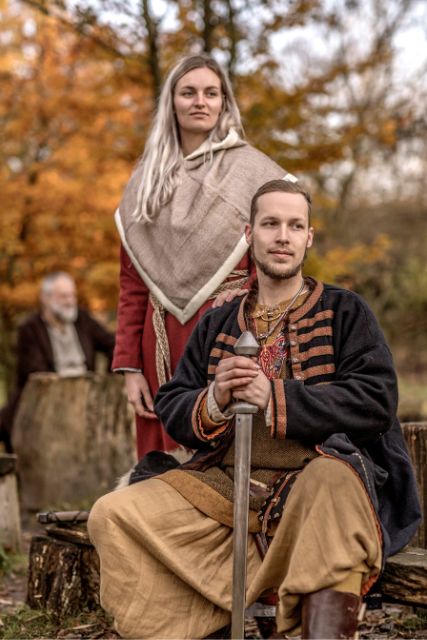
Funeral Rites and the Afterlife
Viking funeral rites were elaborate ceremonies designed to ensure the deceased’s safe passage to the afterlife, whether to join Odin in Valhalla or to find peace in Hel’s domain.
Ships, weapons, and goods were often buried or burned with the dead, a testament to their beliefs in life beyond death.
Viking Gods and Their Influence on Festivals
The pantheon of Viking gods played a central role in the rhythm of festival life, with many celebrations dedicated to specific deities and their domains.
Odin, Thor, and Freyja: The Primary Deities
Odin, the Allfather, Thor, the protector with his mighty hammer, and Freyja, the goddess of love and fertility, were among the most revered.
Festivals often involved offerings and rituals to honor these gods and secure their blessings.
Festivals Dedicated to Gods and Goddesses
Specific festivals were dedicated to different deities, reflecting their importance in the Viking world.
These celebrations were not just religious observances but were also deeply connected to the Vikings’ practical concerns, such as warfare, agriculture, and family life.
Culinary Traditions in Viking Festivals
Food played a central role in Viking festivals, with feasts that showcased the bounty of the land and sea.
Typical Foods and Feasts
Feasts typically included a variety of meats, bread, and vegetables, accompanied by ale and mead. Such gatherings were a time for community, where stories were shared, and bonds were strengthened.
The Role of Ale and Mead
Ale and mead were more than just beverages for the Vikings; they were sacred offerings to the gods and essential elements of any feast.
Brewing was considered an art form, and the quality of one’s brew was a matter of great pride.

Music, Dance, and Entertainment
Music and dance were integral to Viking celebrations, with instruments like the lyre and the flute accompanying tales of gods, heroes, and monsters.
Viking Instruments and Songs
The Vikings valued music highly, believing it had the power to heal, to harm, and to enchant. Their songs told stories of their history, their victories, and their losses, serving as an oral history of the Viking world.
Dancing and Games
Dancing and games were not just entertainment but were also seen as tests of skill and strength.
Competitions in wrestling, stone lifting, and archery were common, celebrating physical prowess alongside mental acuity and cunning.
Arts and Crafts in Viking Celebrations
The Vikings were skilled craftsmen, and their artistry was a vital part of their celebrations.
Textiles and Clothing
Textile work was highly valued, with intricate designs woven into clothing, tapestries, and sails. These works often depicted scenes from mythology, serving both as decoration and as a form of storytelling.
Metalwork and Jewelry
Metalwork, especially in silver and gold, was another area where the Vikings excelled. Jewelry, weapons, and amulets were crafted with great skill, often bearing runic inscriptions or symbols of the gods.
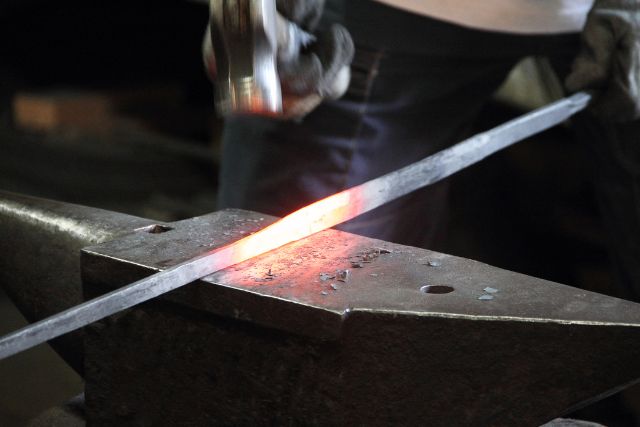
Legacy and Revival of Viking Traditions
Today, the legacy of Viking traditions and festivals lives on, not just in the history books but in the festivals and practices that continue to
draw inspiration from this fascinating culture.
Modern Celebrations of Viking Festivals
Across the world, people celebrate modern versions of Viking festivals, from the fire festivals of Up Helly Aa in Scotland to Midsummer celebrations in Scandinavia.
These events reflect a global fascination with Viking culture and its enduring appeal.
The Influence of Viking Culture in Contemporary Society
The Vikings’ impact extends beyond festivals into art, literature, and popular culture, showcasing the enduring fascination with these ancient Norsemen and their way of life.
Conclusion: The Enduring Appeal of Viking Traditions
The Viking traditions and festivals, rich with symbolism and steeped in the rhythms of the natural world, continue to captivate and inspire.
As we explore these ancient customs, we find not only a window into the past but also a mirror reflecting our own search for meaning, community, and connection in the vast tapestry of human history.

